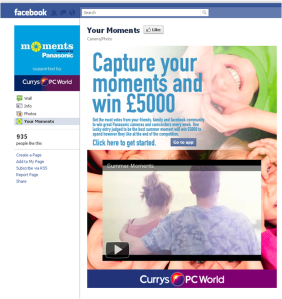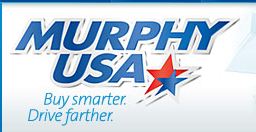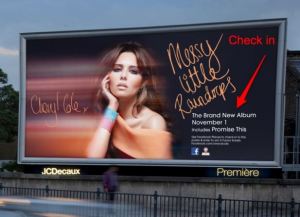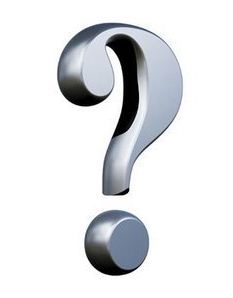This week we’ve look at a more content based theme: Why do people follow brands? What makes them engage.
Studies show that the majority of consumers who engage with a brand in a digital space tend to purchase the product and make recommendations to friends and family.
- Over 97% of people say that social media has influenced their decision to make a purchase of a brand or product.
- Over 23% of people have downloaded a branded app onto their mobile devise.
- Over 18% of people follow a brand on Facebook for interesting and entertaining content.
- Over 22% of people follow a brand on Twitter for interesting and entertaining content
But why get involved? Most companies have a Facebook fan page but I’ve chosen a few examples that have recently stood out from the crowd to gain attention and make people want to actively follow them. It is worth mentioning that in general consumers get something in return – games, chat or updates, becoming a two-way communication between the consumer and company.
Skittles have introduced a new banner across the internet advertising their brand. Although it’s an idea that we’ve seen many times before, it does prove that simplicity works. By clicking and playing the game, the link takes users straight to ‘like’ their Facebook page. This method works to increase Skittles fans in an easy, effective manner. Essentially consumers actively choose to get involved. In turn, Skittles can update members with news and events.
People got involved with the brand by activating their webcam and measuring the size of their mouth. Then a burger was recommended for the user. The person could like or post this to their wall, inviting others to join. One lucky person a month would be sent a coupon for a burger!

The aim? To increase Honest Tea’s distribution in America.
To grab consumer’s attention Honest Tea created a part guerrilla stunt, part social experiment. ‘The Honest Store,’ was a pop-up shop stocked with ice cold Honest Tea with nothing but a money box and a sign requesting “$1.00 on the Honor System”, testing the honesty of six cities across America. Then, with hidden cameras in place, photos and video content from each city were collected, revealing the results through social media. The story proved to be media gold, and the tea brand is now well on its way to being a household name in America.

A recent cinema spot by BMW in Germany used flash projection technology to leave a more lasting impression of the brand’s logo in the audience’s minds. Flash projection technology allowed BMW to reproduce the effect of looking up at the sun, or seeing a bright flash of light. Once you close your eyes, the contours of that light slowly fade away, leave the sun’s silhouette seemingly ‘on your mind’.
GU created a giant drum set and invited passers to play. They ran the videos on Youtube and ran a competition to see which participant was most popular. The winner won a Virgin Experience Voucher. People were attracted to the brand and ‘liked’ their Facebook page in order to keep up to date with news and competitions.

The fashion label has launched a YouTube channel take over experience with an unexpected twist to promote its new Eyewear collection The page becomes interactive, allowing users to select different colours and watch engaging videos, then to go on and purchase the product.
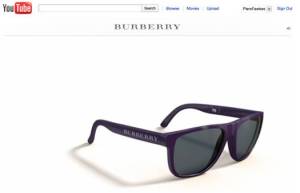
Snoop Dogg made headlines recently for the progressive group deals he runs from his Facebook page’s “Shop Snoop Now” ecommerce tab. Each day, one product is featured for a special group deal – the more “Likes” the product gets, the lower the price for the product.

Curry’s and PC World, ‘Your Moment’:
The ‘Your Moment’ campaign has launched online offering people the chance to win Panasonic cameras and camcorders and a top prize of £5,000 by uploading their favourite summer moment. Online ads and video direct users to the brands’ Facebook page and encouraging them to upload their own pictures. Participants share with friends to get to vote a weekly winner for a new Panasonic camera or camcorder. The overall winner will receive £5,000. Essentially, a great, fun way of engaging consumers.
Finally… The anti-use of Facebook!
Surfing has become hard to follow with too many distractions and too little time. Sundek had an unconventional idea to persuade people to log out of Facebook, aiming to increase the number of people surfing instead. Participants logged out of Facebook for a month which was monitored by an application for inactivity. The winner gained a week of surfing lessons in Malibu. There were 8500 participants and 98000 visits to the webpage.

AN INTERESTING STAT!
How many brands do people follow on Facebook? Percent of respondents:
1 – 2.01%
2-5 – 53.47%
5-10 – 21.2%
10 or more – 13.32%
Happy Friday!
Loella


